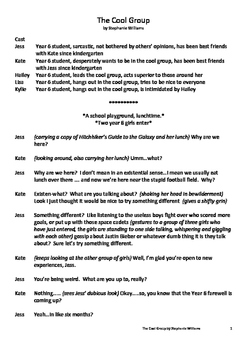

Simply put, play is fun! When children play they should be enjoying themselves and they can often find excitement and humor in or through their play. Children can communicate verbally, using words or their bodies, postures and other non-verbal cues and these messages can be simple or more complicated. Play presents a natural opportunity for children to share information and knowledge. When children engage in adventurous or risky pretend play, they are able to safety explore these concepts within the confines of a safety net. This type of play involves children exploring unknown or new concepts. During active play, children use their bodies and minds in play by interacting with the environment, materials and other people. In Aistear: the Early Childhood Curriculum Framework’s “ Learning and developing through play,” 10 characteristics of play are defined: Play can be as complicated as a detailed castle built from twigs and leaves or as simple as a child ripping paper, so what does play look like? Characteristics of play While they define what play is, they don’t necessarily describe the play looks like. In “ The power of play – Part 2: Born to play,” the second installment of this article series, the five defining traits of play were identified as play being self-chosen and self-directed, focused on the process instead of the product, individually constructed, imaginative and active.


 0 kommentar(er)
0 kommentar(er)
